1. Audio rate LFO’s.
You can increase the LFO speed into audio rate which will broaden the timbre possibilities within Sylenth1. Our go-to destinations are “filter cutoff” and/or “pitch”. Here is an audio example of a plucky arpeggio that features an audio rate LFO assigned to “Cutoff AB”.

Before:
After:
2. Step velocity as a modulation source.
The step velocity that you can find within the ARPEG section can be used as a modulation source. This opens new modular inspired sequencing possibilities. In the example below you will hear step velocity is modulating the filter cutoff position.
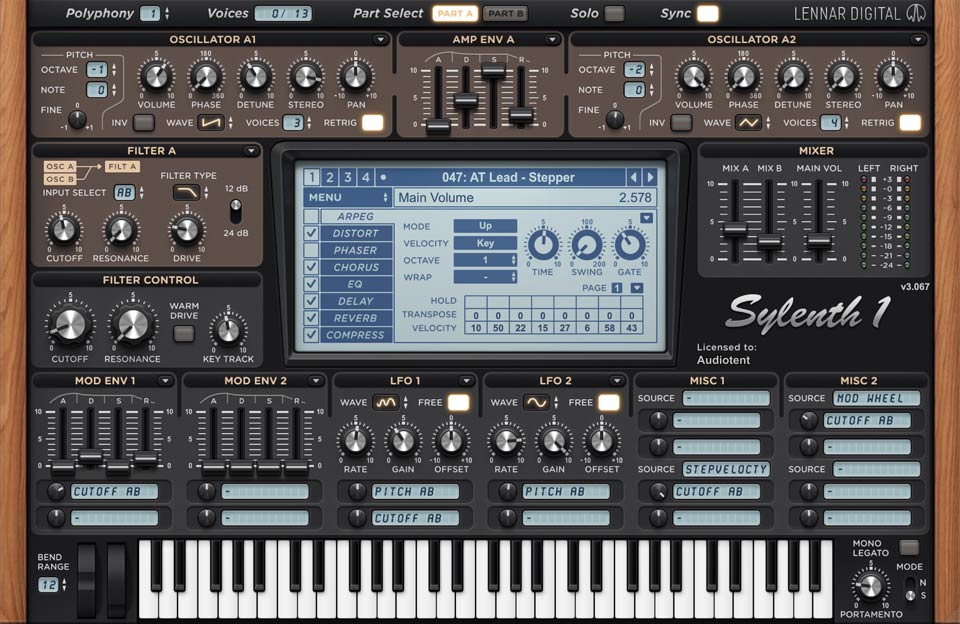
Before:
After:
3. Oscillator phase flip to make room for your kick.
Another nice trick inside Sylenth1 is the option to invert the phase of an oscillator. Here is one practical example.
Choose a sawtooth as the waveform for oscillator A1. Play this low on your keyboard in the bass range. The very lowest note (fundamental frequency) can sometimes interfere with your kick drum. Instead of reaching out to mixing tricks such as EQ or side-chain compression we can fix it using sound design.
Enable a sine waveform on oscillator A2. Make sure both oscillators and being re-triggered and are in the same octave range. Next, invert the sine waveform by clicking the INV button. Dial in the volume of oscillator A2 until you reach the desired level of sub loudness.
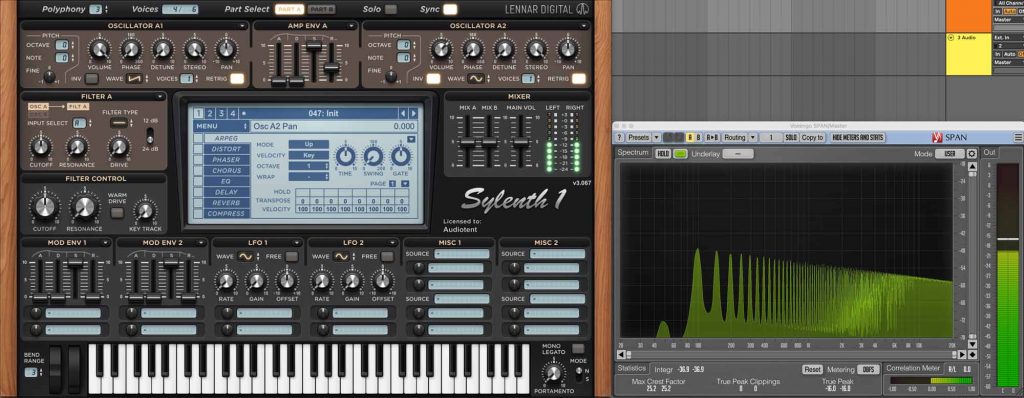
Before:
After:
4. Phaser as a timbre control.
Phaser is know for its shifting quality to the sound. Did you know you could also use the phaser in a static way? Achieving somewhat similar results to a fixed filter bank. Inside Sylenth1 make sure the phaser LFO gain is set to zero. This will prevent the phaser from shifting frequency over time. Make sure the dry/wet of the phaser is set to 100% wet. You can now manually shift the centre frequency until you find the timbre balance that you like.
Before:
After:
5. Shaping the distortion amount.
Most of the time the distortion is used on the entire sound. Inside Sylenth1 we have the ability to set the distortion amount as a modulation target. This enables us to shape the distortion using an envelope. This way only a certain part of the sound such as transients will be affected.
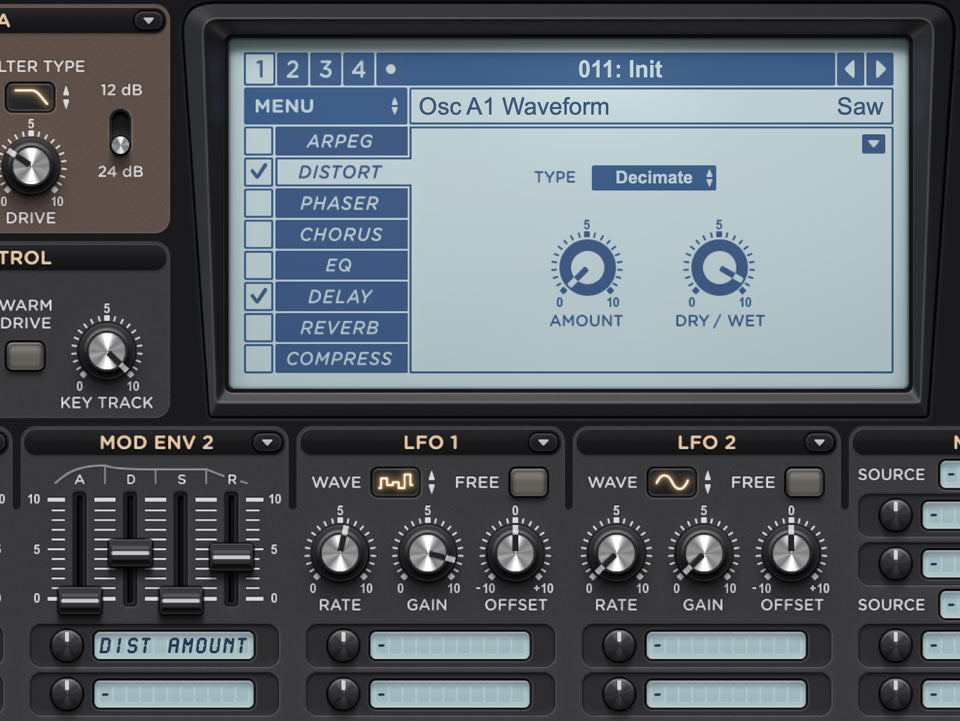
Before:
After:
Looking to expand your Sylenth1 preset collection? Why not take a look at our extensive range of Sylenth1 preset libraries.

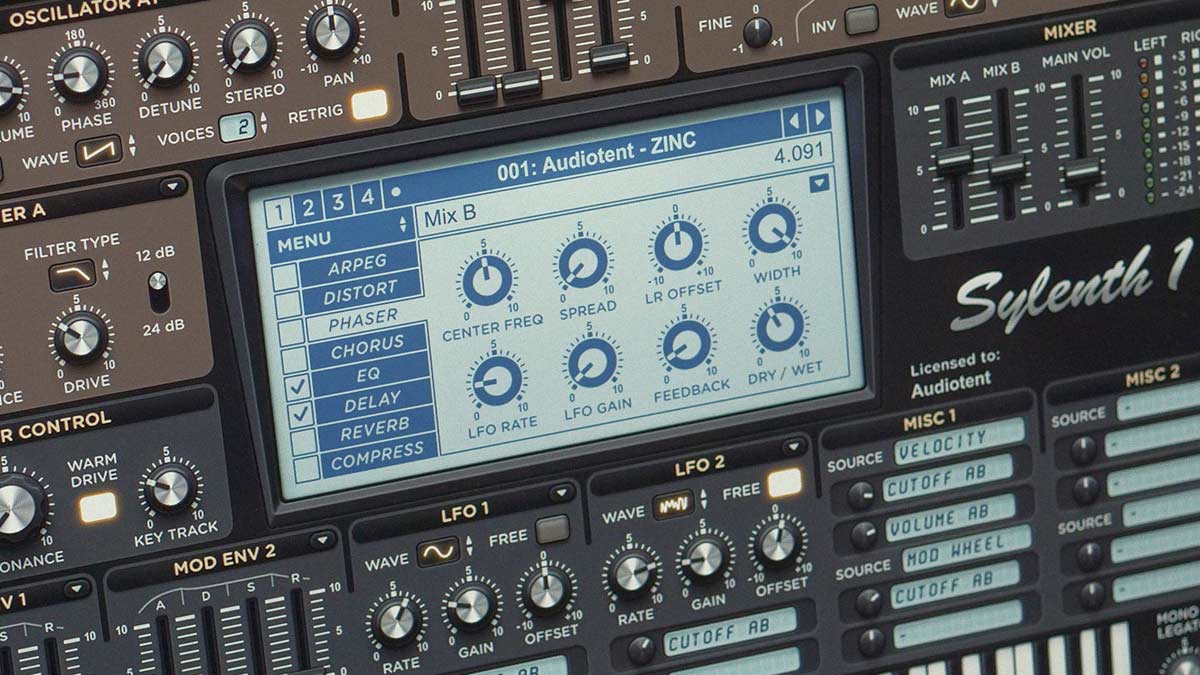

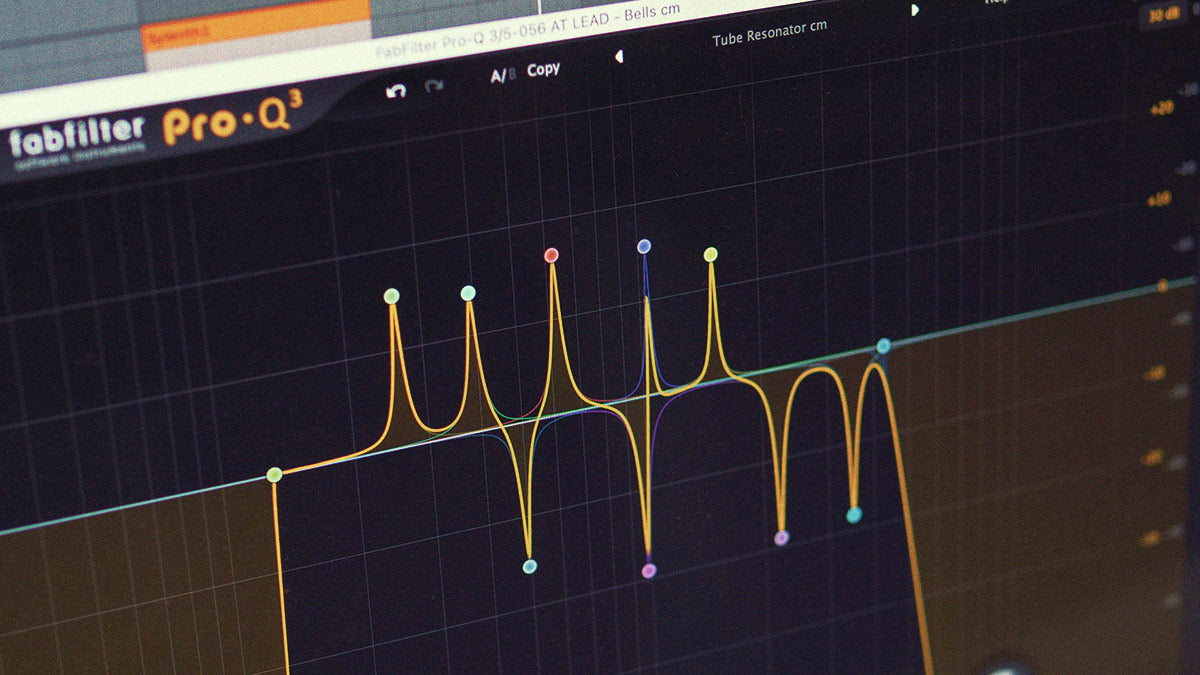
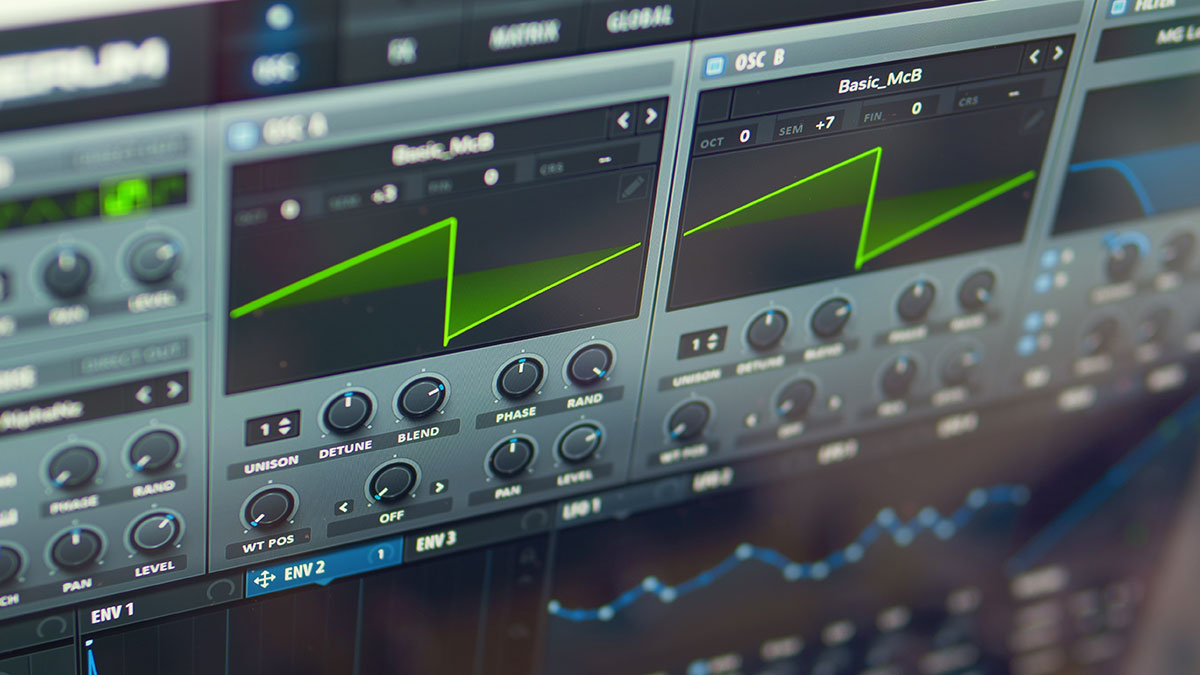
Leave a comment
This site is protected by reCAPTCHA and the Google Privacy Policy and Terms of Service apply.